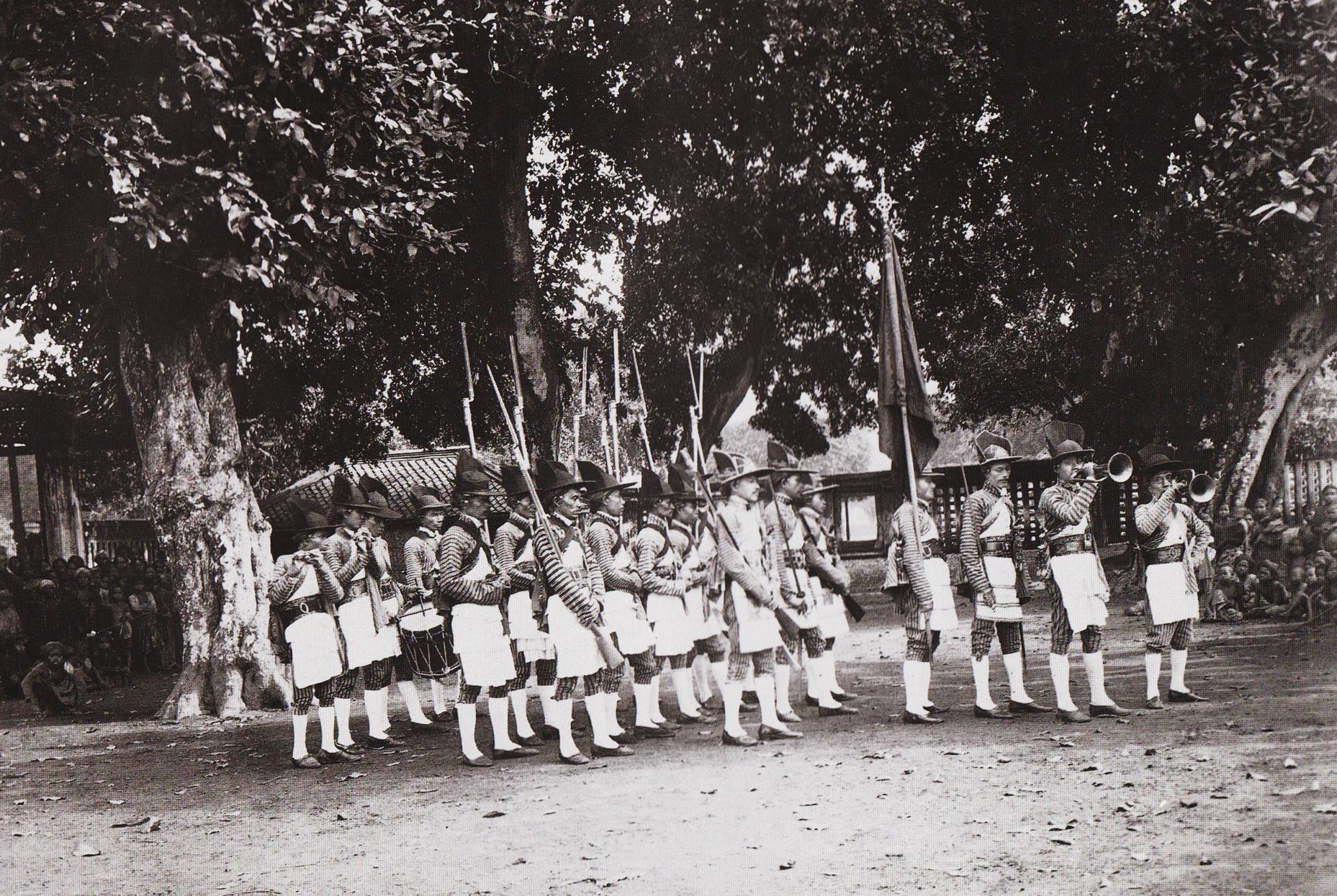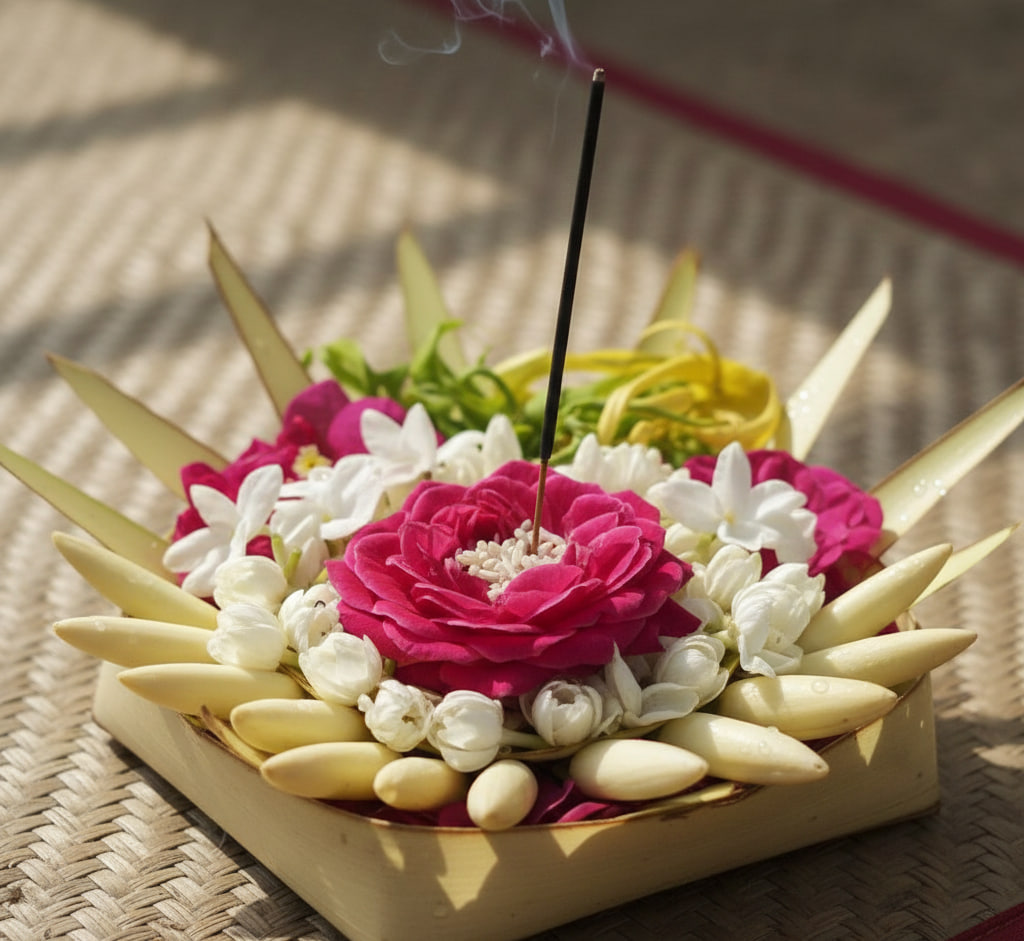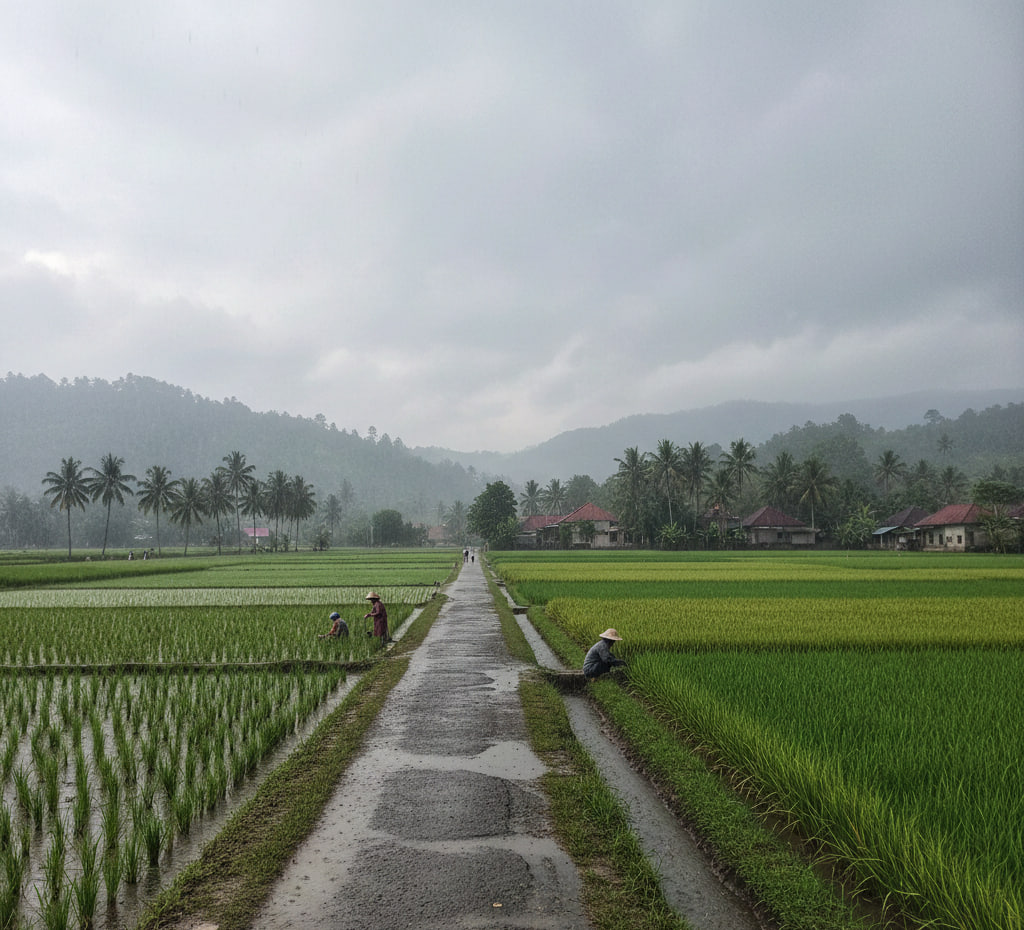News
Eternal Traces of the Abdi Dalem: How Yogyakarta’s Villages Preserve the Palace’s Legacy
The Yogyakarta Palace is not merely a royal residence or the seat of power. It is the cultural heart of the city, a living symbol of order and tradition. Yet, behind its grandeur, the palace has always relied on countless hands working quietly in devotion: the Abdi Dalem, palace servants whose loyalty and duties sustained the royal household for centuries.
What’s fascinating is that their legacy lives on—not only in history books, but also in the names of villages (kampung) scattered around the palace walls. From north to south, east to west, these areas once served as official residences for the Abdi Dalem according to their roles. Today, though the neighborhoods are home to the general public, their names remain as timeless markers of the past.
Villages as Living Archives
A walk through Yogyakarta’s old quarters reveals intriguing names like Suranatan, Gerjen, Gendhingan, Ngampilan, and Gedongtengen. To most, they might just sound like ordinary addresses. But each name carries a hidden meaning: a reference to a specific role once held by the Abdi Dalem.
-
Suranatan: home to palace clerics who prepared prayer mats and religious items.
-
Gerjen: the tailors’ quarter.
-
Gendhingan: where gamelan masters lived.
-
Ngampilan: residence of attendants carrying ceremonial items for the Sultan.
-
Gedongtengen & Gedongkiwo: centers of palace treasury, soldiers, craftsmen, and artists.
The list goes on: Pajeksan (royal judges), Dagen (woodworkers), Mertolulutan (executioners), Kauman (mosque caretakers), Jlagran (stone carvers), Mergangsan (woodcutters), and even Gemblakan, once home to skilled silversmiths.
Stories Hidden in Names
These names did not appear by accident. They were born from daily life, professions, and palace routines. Each village name is like a fragment of history—tiny puzzle pieces that, when put together, reveal the grand picture of how Yogyakarta was once organized under the influence of the palace.
Over time, the functions faded, but the names endured. They became toponymic artifacts, preserving stories even as modern life reshaped the city.
Identity Carved in Toponymy
Such names are more than curiosities. They are identity markers of the city. Without them, Yogyakarta would be just another urban sprawl, stripped of its character. Through these village names, one can trace how the palace shaped the city’s growth, how communities formed, and how traditions survived modernization.
Protecting these names means protecting memory itself. Yogyakarta may evolve with cafés, hotels, and malls, but behind each village name lies a whisper of history—a reminder that this city was built not only by its kings, but also by the Abdi Dalem, whose quiet devotion carved a legacy into the very map of Yogyakarta.



